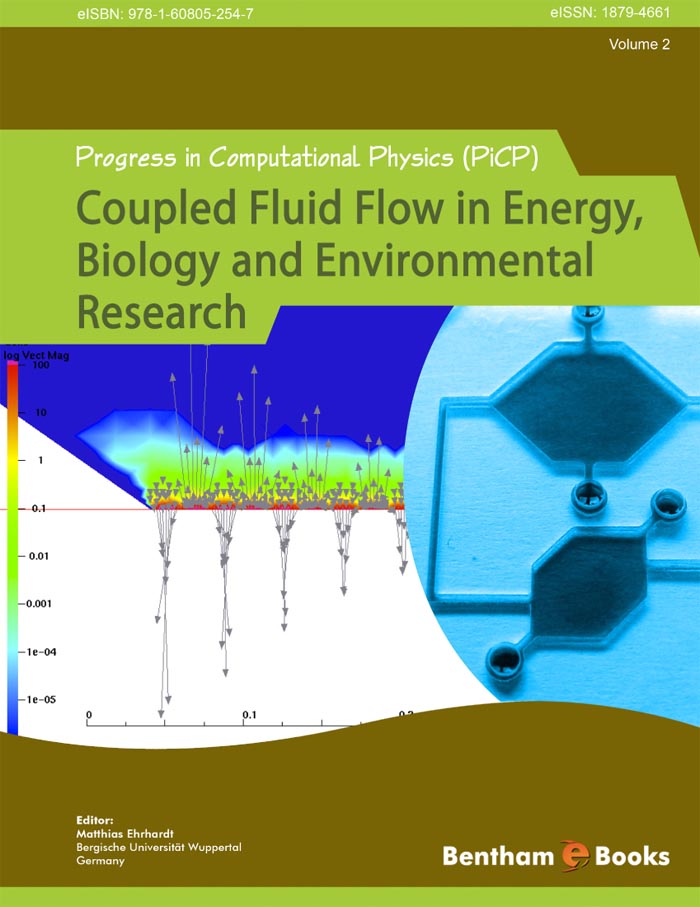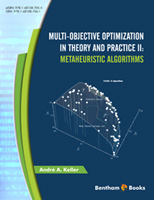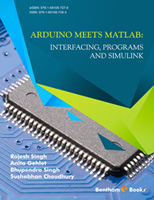This is the second volume of a new e-book series that is devoted to very recent research trends in computational physics. Hereby, it focus on the computational perspectives of current physical challenges, publishing new numerical techniques for the solution of mathematical equations including chapters describing certain real-world applications concisely.
The goal of this series is to emphasize especially approaches that are of interdisciplinary nature. The scientific topics in the fields of modeling, numerical methods and practical applications include e.g. the coupling between free and porous media flow, coupling of flow and transport models, coupling of atmospheric and ground water models, etc.
This volume contains both, the mathematical analysis of the coupling between fluid flow and porous media flow and state-of-the art numerical techniques, like tailor-made finite element and finite volume methods. Finally, a couple of chapters are devoted to concrete applications in the field of energy, biology and environmental research.
This book consists of 7 invited chapters that are structured in the three parts modeling, numerical techniques and finally practical applications. In the first part modeling we first present a troughout introduction into the general topic of coupled flows in plain and porous media and their numerical simulation. Hereby, we shortly review the coupling conditions between the pure liquid flow and the flow in a porous medium. The two well-known cases of normal and parallel flow over a porous layer are used as examples.
In Chapter 2 the authors describe the modelling of transfers at a fluid-porous interface by using a multi-scale approach. This method allows to determine the form of the boundary conditions and to determine the value of the jump parameters that appear in these boundary conditions. Also, it allows to analyze the physical nature of the jump coefficients and to determine whether these jump coefficients are intrinsic parameters or not.
This topic is a good bridge to the second part, the numerical techniques, consisting of Chapters 3–5. In Chapter 3 the authors propose accurate and robust numerical schemes to simulate subsurface flows and their coupling with surface runoff. These subsurface flows are modelled by the (unsteady) Richards’ equation discretized by a BDF in time and a discontinuous Galerkin method in space. The schemes for the subsurface flow and for the overland flow are mass conservative and can be coupled within a multiple time step procedure. To ensure total water mass conservation for the whole system, interface fluxes must be carefully designed. Accuracy and robustness of their schemes are assessed on several test cases (e.g. drainage, exfiltration and hortonian runoff). Finally, the methodology is applied to investigate the hydrological behaviour of a small-scale drained watershed. The authors of Chapter 4 describe a spectral discretization of an extended Stokes problem with mixed boundary conditions in a three-dimensional domain. They present a detailed numerical analysis that leads to error estimates for the three unknowns vorticity, velocity and pressure.
In Chapter 5 the author explains the coupling of incompressible surface flow with subsurface porous media flow that is typically a multi-domain and multi-physics problem. He studies the coupled (Navier-) Stokes/Darcy models, which are typical models for stationary surface/subsurface flow interactions and proposes several decoupled preconditioning techniques and two grid algorithms so that numerical computations can be run in parallel. In the last part we present some practical application, illustrating the impact of the mathematical ideas. In Chapter 6 gives an application to biology; the authors present an integrated multi-model description of the human lungs. An advection diffusion equation is used to describe the transfer of oxygen to the blood, where this advection is triggered by inflation-deflation cycles of the paremchyma. The mechanical part of the lungs can then be seen as a tree-like domain (conducting airways) embedded in an elastic medium. They address the difficult issues in terms of theory, numerics, and modelling, raised by the coupling of those models (Navier-Stokes, Darcy equations on a network, elasticity equations).
Finally, Chapter 7 considers a most modern application: microfluidic biochips are devices that are designed for high throughput screening and hybridization in genomics, protein profiling in proteomics, and cell analysis in cytometry. They are used in clinical diagnostics, pharmaceutics and forensics. The biochips consist of a lithographically produced network of channels and reservoirs on top of a glass or plastic plate. The fluid and surface acoustic waves interaction can be described by a mathematical model which consists of a coupling of the piezoelectric equations and the compressible Navier-Stokes equations featuring processes that occur on vastly different timescales. The authors use a homogenization approach in order to cope with the multiscale behavior of the coupled system that enables a separate treatment of the fast and slowly varying processes. In particular, the challenge to deal with the resulting large scale optimal control and optimization problems can be met by the application of projection based model reduction techniques.
We would like to thank Prof. Kambiz Vafai for writing the foreword, Prof. Ronald Hoppe for providing the figures for the title page and Bentham Science Publishers, particularly Manager Bushra Siddiqui, for their support and efforts.





